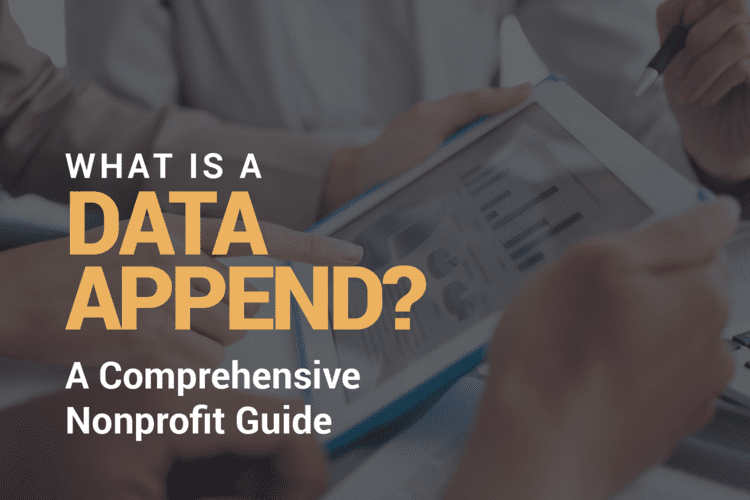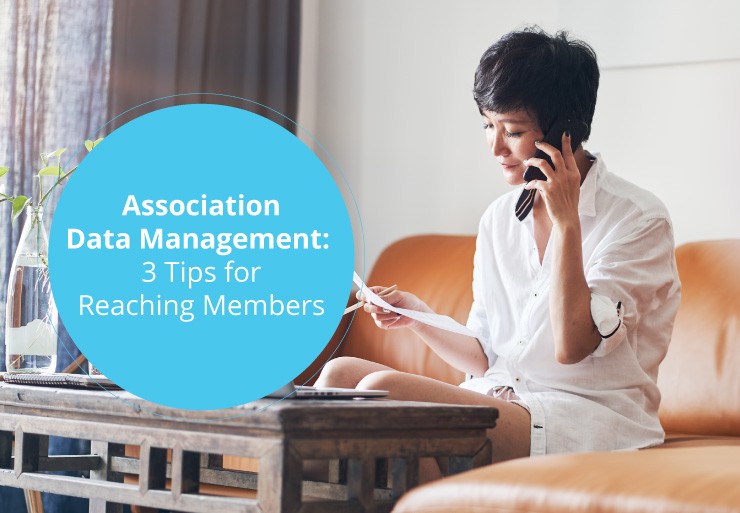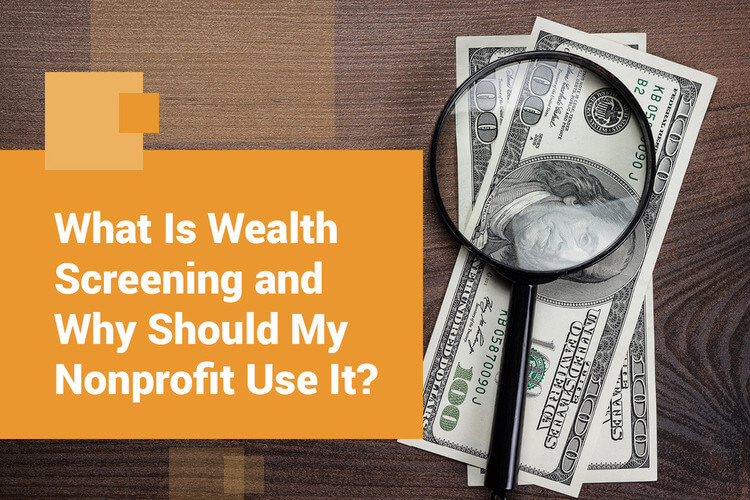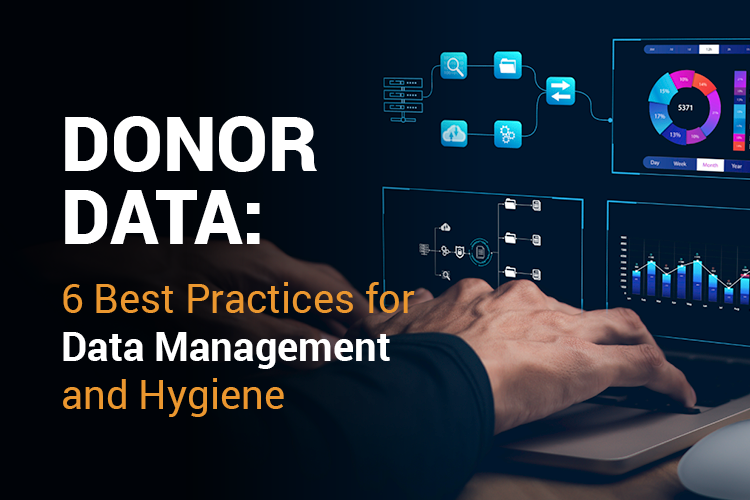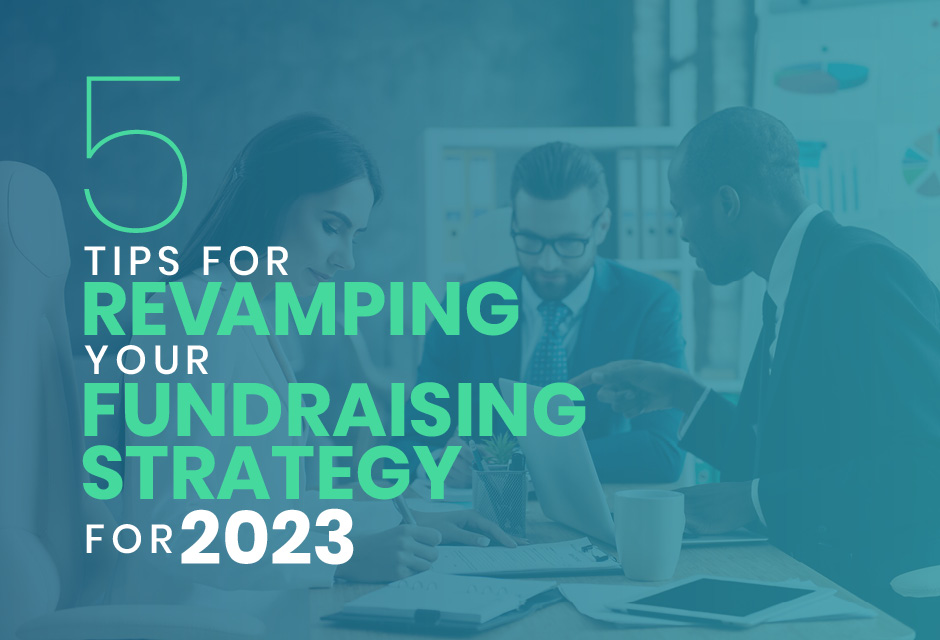As a nonprofit professional, you likely interact with data daily. From managing your weekly volunteers to gathering donor communication preferences, your nonprofit needs to work with clean, complete data points to raise ...
How to Power your Fundraising with Data Insights
In this episode, AlumniFinder team members Jennifer Cole and Chris Boyette provide their expert insights on how to harness data for effective engagement. With AlumniFinder’s expertise as a trusted provider of comprehensive alumni database solutions for nonprofits and educational institutions, this panel discussion covers the importance of high-quality donor data for fundraising success.
Join us as we explore strategies for personalized communication, database management, and the significant impact of clean data on campaign performance. This discussion provides valuable guidance for nonprofits looking to optimize their fundraising efforts and strengthen connections with donors.
Some topics covered in this discussion include:
- The importance of maintaining accurate data and correcting data prior to a campaign.
...
Association Data Management: 3 Tips for Reaching Members
But knowing how, when, or even what to communicate to your members is often easier said than done. Luckily, your association probably already has the information it needs to succeed: Your member data!
Understanding what your members want and need from your organization allows you to design a communications strategy that reaches them, resonates with them, and keeps them interested in all that your organization has to offer.
In this short guide, we’ll walk through three tips you can use to reach your association members effectively using the right association data management strategies.
Are you ready to improve how your organization connects with its members? It all starts with leveraging your CRM or association management software (AMS) tool.
1. Centralize your member data in an AMS platform.
According to Protech, an AMS platform contains all of the tools an association needs to manage its members and its internal operations. When you use an AMS platform to gather and manage all of the data you have about your members, you experience benefits like: =&0=&
- Data accessibility for your entire team. With all of your member data stored in one place, multiple team members can easily access that data—leading to better decision-making, personalized interactions with each member, and more.
- Automation to streamline your workflows. Think about the projects your team could dive into if they didn’t have to spend time on tasks like data entry or sending membership renewal reminders. An AMS platform helps streamline your team’s workflows so they can have the time and headspace to generate more value for your association.
- Powerful integration capabilities. The right AMS platform will integrate with other tools, like payment processors, to keep data moving through your entire tech stack. And when all of your tools talk to each other, you’ll be able to work more efficiently and deliver more effective services to your members.
- Data security and privacy. Your members trust you to keep their personal information—names, addresses, phone numbers, and more—safe. With an AMS platform, you and your members can rest assured that your data is secure.
- Easier data analysis. An AMS platform will allow you to accurately track data in real-time and generate meaningful reports. In other words, the right tool can help you make sense of your data and identify the trends that guide your decision-making.
Even after you invest in an AMS platform, however, you’ll need to practice good data hygiene and management. To do this, regularly audit your data to remove any unnecessary or inaccurate information. If you’re missing essential information about your members, you may want to use data append services to fill in the gaps.
2. Segment and analyze your data.
Once you have all of your member data in one place, it’s time to leverage it to create a meaningful communication strategy.
Start by segmenting your members. This means dividing them into different groups based on shared characteristics, such as:
- Membership status or level
- Demographics (such as location or age)
- Engagement level
- Interests and values
- Communication preferences
- Professional stage (e.g, entry-level employees)
- Volunteer status
Once you have your members sorted into different segments, you can tailor your communications to address the interests and needs of each group.
You can also analyze your data to identify trends and patterns. Do this by taking a careful look at your current data and seeing if anything jumps out at you. For example, you might see an uptick in membership sign-ups at a certain time of year or notice that a member of at least two years is more likely to be part of your volunteer program.
Set your association up to identify more trends and patterns by choosing key metrics you want to track. For instance, perhaps you want to keep an eye on event attendance or social media engagement. Monitor your metrics for a few months, and you’ll start to see patterns emerge that you can take action on.
3. Design your communication strategy around the trends you see in your data.
After segmenting your members and analyzing your data, you’re in a position where you know who your members are, what they want from your association, and how they like to receive information. You’re now ready to design a communication strategy that you can be confident in. Here are some tips to incorporate into your strategy:
=&6=& You need to meet your members where they are—and that means communicating in ways that resonate with them. For example, you may have segmented your members by communication method preference and know that some prefer to receive emails while others like to connect with your organization on social media. Work to adapt your messages to these different channels so that you can accommodate both groups’ preferences.
=&7=&
What Is Wealth Screening and Why Should My Nonprofit Use It?
However, the fundraisers are in a bind. Reaching out to everyone in their database would effectively push the campaign public before raising the necessary base funds. On the other hand, they don’t have the time or resources to manually go through each alumni profile in their database and decide who their wealthiest donors are.
Luckily, nonprofit wealth screening can help. This guide will explore the fundamentals of wealth screening for nonprofits, answering questions like:
- What Is A Wealth Screening?
- Why Should My Nonprofit Use Wealth Screening?
- What Are Wealth Screening Best Practices?
No matter your fundraising goals, a wealth screening can help you earn more. Let’s learn more about the process and how your nonprofit can get started.
What Is A Wealth Screening?
Wealth screening, a crucial element of the prospect research and fundraising process, helps nonprofits identify and target prospective and existing donors with the greatest capacity to give.
Nonprofit wealth screening tools leverage public record data, proprietary philanthropy databases, and data-driven algorithms to determine an individual’s potential for future giving based on a combination of their past information (such as giving history) and current assets.
What Is the Difference Between Wealth Screening and Prospect Research?
Wealth screening is an element of prospect research. While wealth screening focuses on financial information, prospect research also incorporates philanthropic information to determine a person’s willingness and capacity to give. If you want to narrow in on concrete information about a potential donor’s financial capacity to give, wealth screening is the right choice.
When conducting a wealth screening, there are the financial indicators that best predict a donor’s giving behavior:
Business affiliations. Wealth screening can reveal information about donors’ careers, employers, and salaries.
Stock ownership. Not only does stock ownership give you an idea of a donor’s relative wealth and ability to give, but it can also be a method of giving. As a registered 501(c)(3), you can accept donations of stocks and securities in addition to typical cash giving.
Home value. Real estate ownership can be an excellent indicator of wealth. In fact, homeowners with
Donor Data: 6 Best Practices for Data Management and Hygiene
However, to maximize the impact of your donor analytics, you need strategies in place to keep your donor data secure, organized, and up-to-date. In this guide, we’ll explore everything you need to know about managing donor data and keeping it clean, including:
- FAQs About Donor Data
- 6 Best Practices for Donor Data Management and Hygiene
- Wrapping Up: How to Make the Most of Donor Data
Ready to unlock the power of donor data? Let’s start by addressing some common questions.
FAQs About Donor Data
What is donor data management?
Donor data management refers to the strategies that nonprofits, higher education offices, and other mission-driven organizations use to track information about supporters and maintain relationships with them. These strategies include collecting, processing, validating, and storing data.
The main purpose of donor data management is to gain insights that help your organization boost engagement, cultivate relationships, and raise more money.
What is donor data hygiene?
Donor data hygiene is a subset of data management that focuses on ensuring the data your organization holds is accurate, complete, and up-to-date. It involves regularly reviewing your database, supplementing existing data, and removing any outdated or irrelevant metrics from your system.
With clean data, you can better understand your donors, perform accurate donor data analysis, create more effective outreach strategies, and boost their commitment to your cause.
What are the benefits of donor data?
When managed and maintained properly, donor data ensures your nonprofit has accurate and easily accessible information that you can use to solicit support.
Additionally, clean and well-managed data can benefit your organization by:
- Improving donor outreach. Proper data management and hygiene help optimize your marketing and other communication efforts by allowing you to define donor segments, track donor behavior, and develop more personalized communication strategies.
- Boosting donor retention. With donor data management, you can better understand your donors’ motivations and preferences, analyze their giving behavior over time, and develop customized strategies for increased retention. You can also scan through your updated donor analytics to identify donors who have lapsed—or are on the verge of lapsing—and work to regain their support.
- Increasing internal efficiency. Automating management and hygiene processes within your donor database can save time and money, allowing you to focus your resources on other important initiatives.
- Maintaining transparency. Many grantors and other funders require data reports as evidence to prove that your organization will use grant funds wisely. Proper data hygiene practices ensure that you can produce precise reports and maintain transparency.
Let’s explore an example of donor management in action to further highlight the benefits. A higher education office wants to find lost alumni and convert them into donors. Data management can help by providing a centralized repository of alumni data, which can be used to search for alumni and track changes in their contact information. They can then use data hygiene processes to update their mailing addresses, emails, or phone numbers and send personalized communications to reconnect.
6 Best Practices for Donor Data Management and Hygiene
1. Leverage an integrated CRM system.
Spreadsheets were once a common platform for data management. However, they require manual data entry. Therefore, they are more prone to human error.
For a modern, more advanced approach to donor data management, invest in an integrated
5 Tips for Revamping Your Fundraising Strategy for 2023
With New Year’s resolutions fresh on everyone’s minds, it’s time to revitalize your fundraising to maximize your organization’s potential over the coming months and beyond.
Your calendar may be completely ...

